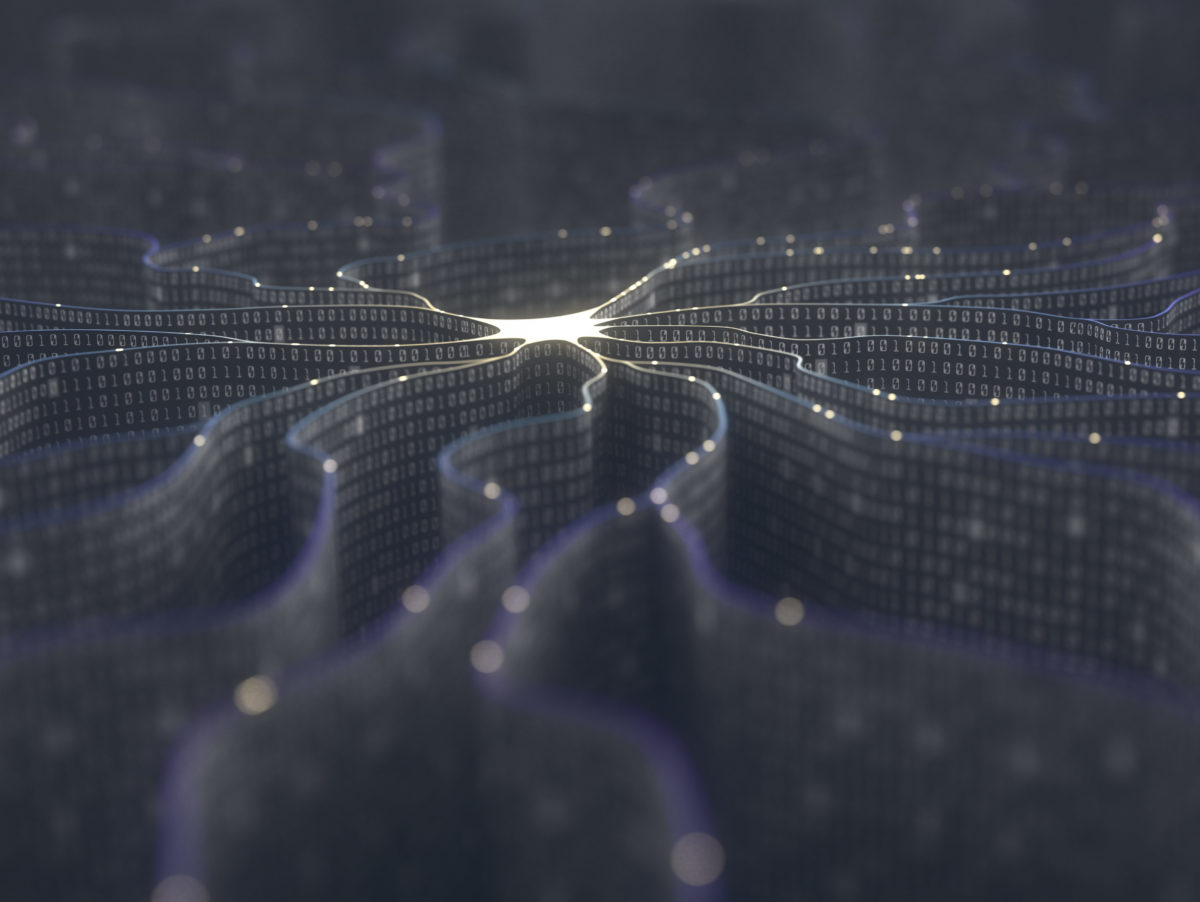
Earlier this month, Department of Energy Under Secretary for Science Paul Dabbar participated in a cross-industry White House Summit on Artificial Intelligence (AI). There were no identifiable outcomes of the meeting, but AI for utilities and power generators is an obvious and important means to moving towards a more efficient and clean energy economy. Utilities across North America, including Duke Energy, Southern California Edison, First Energy, and NextEra are making their way in assigning AI to solve business challenges.
AI is often mis-characterized as machine learning, but it is actually a sub-segment of machine learning that enables machines to perform cognitive functions. Probably the most obvious set of use cases for AI sits within the area of customer support and engagement. In fact, Gartner reported that 86% of utilities already use AI in customer engagement applications, call center service/support, and for digital marketing purposes.
One area that may or may not be all that noticeable is the chat support that more utility customers are seeing on their utility help pages. A growing number of chatbot and natural language processing solutions exist today from vendors like Tendril and Bidgely that provide personalized support for bill pay, program participation and enrollment, product and plan selection, and outage information (all based on the customer’s unique data).
For actual human customer service representatives, AI is useful to improve and streamline information for call-based support. AI has been in the call center for decades, but advances in the technology that expand the “knowledge” of the representative are necessary to provide support that lines up with higher expectations, growing numbers of products and services, and analytics-based programs that optimize rate, energy delivery, and payment options.
If you are fortunate enough to afford smart home technology, virtual assistants are also getting better at working with energy-specific devices, like smart thermostats and EV chargers. In my experience Alexa and Google Home also tend to better understand what I’m saying than a call center bot, which is also a plus.
Human intervention is historically not optional when it comes to management of the grid and energy dispatch. But these days there is too much data for that to continue for much longer. Changes in security requirements, energy procurement, and climate demand an increased amount of information to make decisions that used to be dependent on “gut feel.”
AI within equipment monitoring, especially with heightened NERC CIP compliance standards (that already give utilities little choice but to passively monitor a wide range of electric and communications assets), is another major opportunity. AI, if properly trained, can be a huge line of defense for utilities, and can also be trained to support subsequent actions after an attack.
In terms of forecasting and energy procurement, the surge of interest in DERMS, VPP, and other alternative forecasting and dispatch technologies, underlies a growing need to add more “brainpower” to manage a more complex system.
Some resources on AI are available here:













